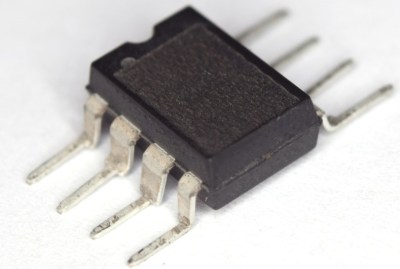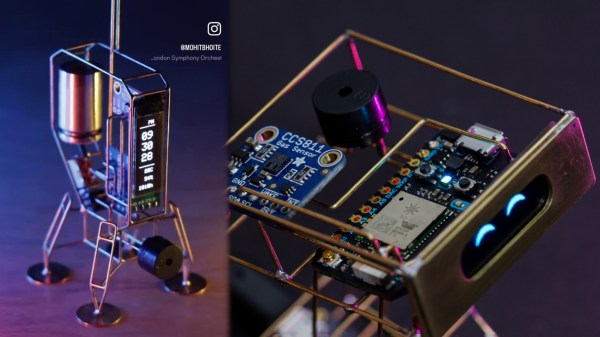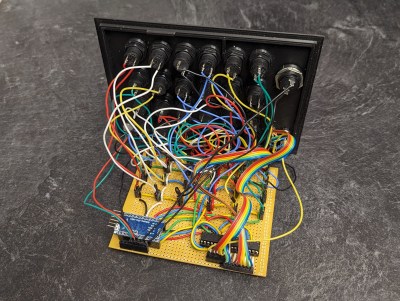This week Hackaday Editors Elliot Williams and Tom Nardi start things off with a traffic report from the Moon, which has suddenly become a popular destination for wayward robots.

From there, they’ll go over a fire-tending contraption that’s equal parts madness and brilliance, two decades of routers being liberated by OpenWRT, impressive feats of chip decapping, and USB-C’s glorious rise to power.
You’ll also hear about the latest developments in laptop RAM, exploits against the flash encryption used on the ESP32, and Android powered oscilloscopes. The duo will wrap things up with horror stories from the self-checkout aisle, and a look at the fantastical rolling power station that Dan Maloney has been building in his driveway.
Check out the links below if you want to follow along, and as always, tell us what you think about this episode in the comments!



















